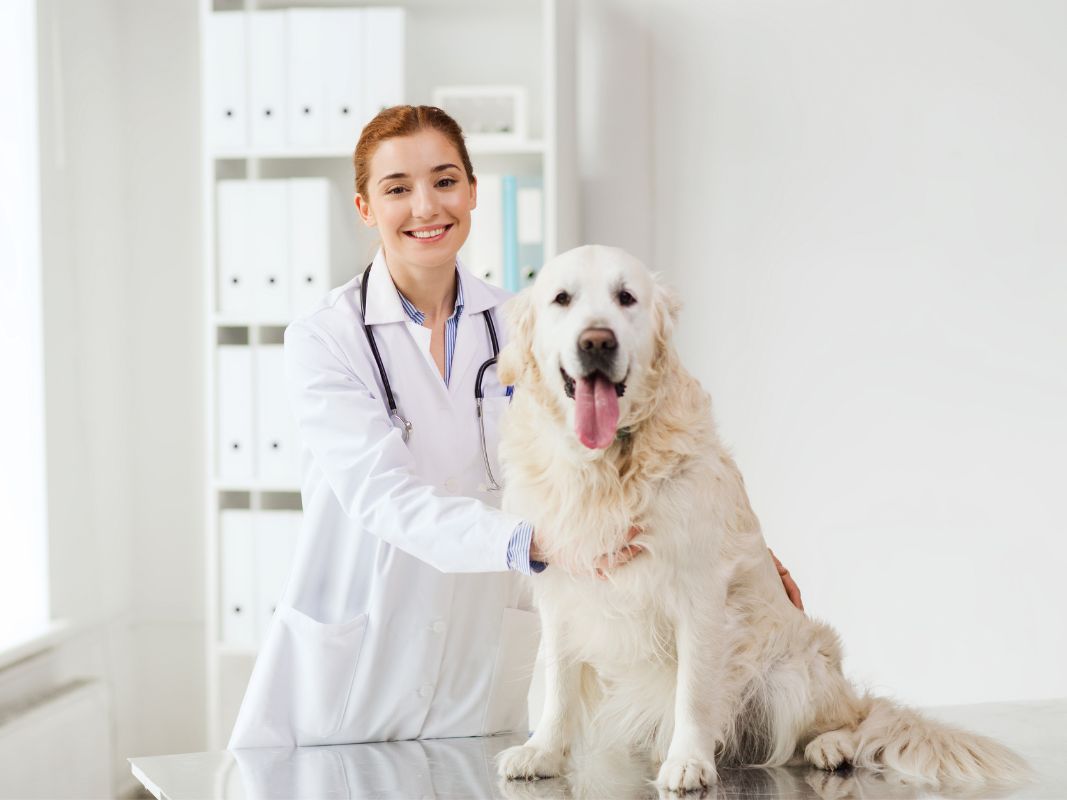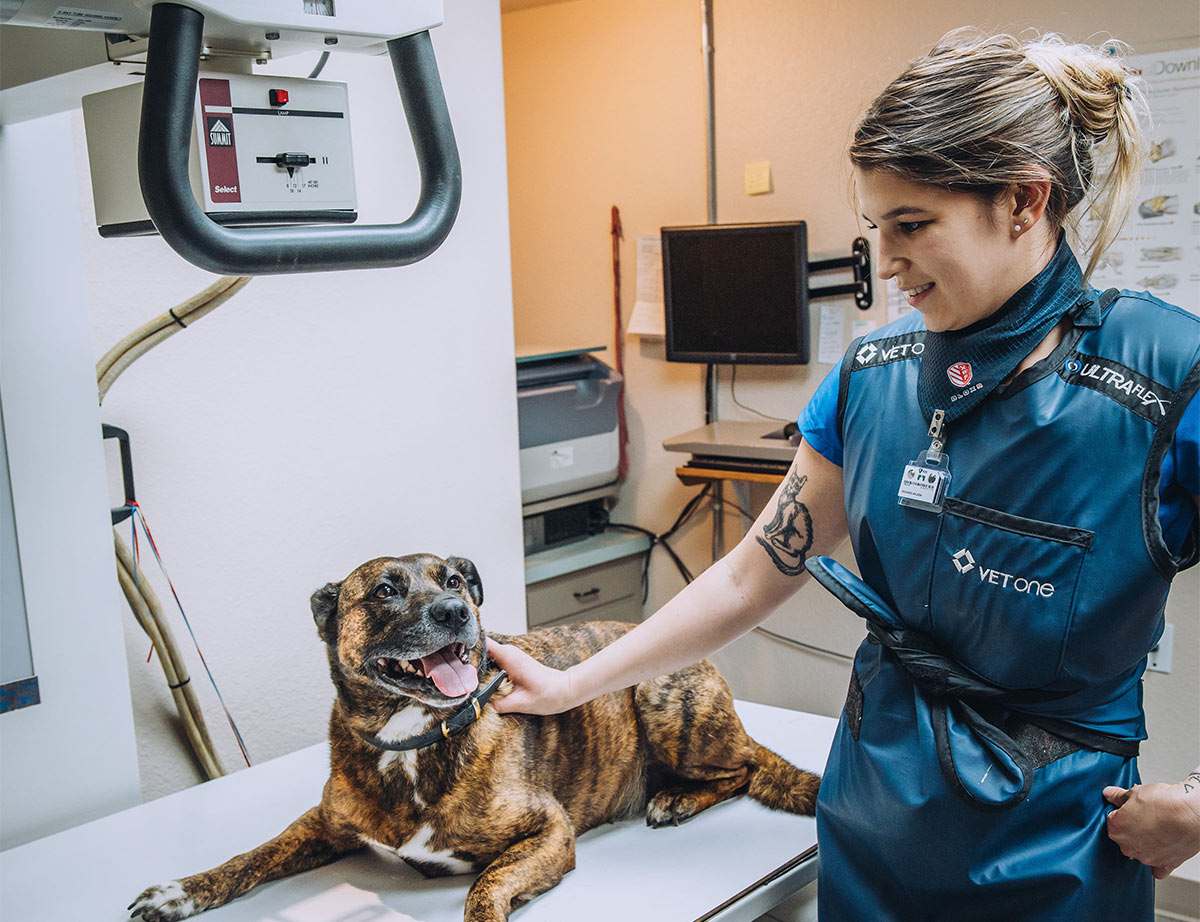What Sets an emergency vet bellingham Apart From a Regular Animal Hospital?
Everything About Vet Surgical Treatment: Comprehending the Significance of Professional Care for Your Animals
Veterinary surgery is a vital element of pet medical care. It encompasses numerous procedures, from regular elective surgeries to immediate interventions. Understanding the ins and outs of these surgical treatments can assist animal proprietors make informed choices. The preparation, implementation, and recuperation stages are necessary for guaranteeing the wellness of animals. With correct knowledge, proprietors can browse the intricacies of vet care. What variables should be thought about prior to a pet dog undergoes surgical procedure?
Kinds of Vet Surgeries
When a family pet requires surgical intervention, comprehending the numerous types of vet surgeries can aid pet owners make notified decisions. Veterinary surgeries can be extensively categorized into 3 main types: optional, immediate, and emergency surgeries. Elective surgical treatments, such as spaying or neutering, are intended treatments that are not right away serious. Urgent surgical procedures, like those for foreign body removal, should be performed quickly however are not deadly in the moment. Emergency surgeries, such as those resolving extreme injury or interior bleeding, are essential and call for prompt attention.Additionally, surgical treatments can differ in intricacy, varying from minimally intrusive laparoscopic treatments to more considerable open surgical procedures. Each kind of surgical treatment brings its own dangers and healing procedures. Recognizing these categories enables pet proprietors to participate in significant conversations with veterinarians, causing better end results for their precious animals.
Getting ready for Your Pet dog's Surgical treatment
Preparing for a family pet's surgical procedure entails an extensive checklist to ensure all fundamentals are covered. Effective interaction with the vet is important for understanding the procedure and any kind of essential pre-operative actions - tplo surgery. In addition, having clear post-operative treatment instructions will help owners supply the most effective support for their recovering animals
Pre-Surgery Checklist Basics
Assuring a smooth surgical experience for a pet dog requires cautious preparation and focus to information. A pre-surgery list is crucial for family pet owners to adhere to. Verifying the arranged surgery date and time is vital. Proprietors should likewise verify that their animal has not eaten according to the veterinarian's instructions, usually for 8-12 hours before surgical treatment. Gathering required medical records, including inoculation background, is essential for the veterinarian's evaluation. It is additionally advisable to prepare a comfortable area in the house for the animal's recovery after surgical procedure. Finally, proprietors need to have a plan for transport to and from the veterinary center, seeing to it that the pet is safe and comfy throughout the journey. Complying with these actions can greatly improve the surgical experience.
Connecting With Your Veterinarian

Reliable interaction with the veterinarian is crucial for a successful medical experience for pets. Owners need to be prepared to review their family pet's case history, consisting of any type of pre-existing conditions, medicines, and allergies. This details aids the veterinarian examine dangers and tailor the medical strategy as necessary. In addition, animal owners ought to ask questions concerning the procedure, anesthetic, and anticipated results to guarantee they completely recognize the process. Making clear any doubts can reduce stress and anxiety for both the animal and the proprietor. It is additionally crucial to interact any kind of behavior changes or problems observed in the animal leading up to the surgical procedure. Inevitably, clear discussion promotes trust fund and collaboration, ensuring that family pets receive the very best feasible care throughout their surgical trip.
Post-Operative Treatment Directions
After going over the procedure with the vet, pet owners must concentrate on post-operative treatment directions to help with a smooth recovery for their family pets. These instructions generally consist of checking the medical site for indications of infection, such as soreness or discharge. Family pets might need to be maintained tranquil and confined to avoid too much movement that might interfere with healing. Discomfort monitoring is essential, so proprietors need to follow the vet's support on administering medications. In addition, nutritional constraints might be encouraged to stay clear of gastrointestinal upset. Regular follow-up consultations are essential to ensure correct recovery and attend to any kind of problems. By adhering to these post-operative care directions, family pet proprietors can significantly contribute to their family pet's recuperation and general wellness.
The Surgery Explained
The surgery for family pets encompasses critical steps that ensure their security and recuperation. Pre-surgery preparations are necessary for lessening threats, while post-operative care guidelines play a vital function in advertising recovery. Comprehending these parts helps animal proprietors browse the surgical experience more properly.
Pre-Surgery Preparations
Prior to a pet dog goes through surgical treatment, numerous essential prep work should happen to assure a risk-free and successful treatment. A detailed veterinary exam is essential to evaluate the pet dog's general wellness and determine any type of prospective risks. This might consist of blood tests, imaging, or various other diagnostics. The veterinarian will certainly additionally review anesthesia alternatives tailored to the pet's specific requirements. In addition, pet dog owners are typically instructed to withhold food and water for a specified time prior to surgery to reduce the threat of issues during anesthetic. It is very important for proprietors to provide a total clinical background, consisting of any type of medications or allergies, making certain the medical group has all essential information. Proper interaction and adherence to pre-surgery standards can greatly improve the outcome of the treatment.
Post-Operative Care Standards
Correct post-operative care is important for making certain a pet dog's recovery following surgery. After the treatment, pets need to be monitored very closely for any signs of issues, such as excessive blood loss, swelling, or unusual actions. It is very important to follow the veterinarian's directions regarding drugs, consisting of painkiller and prescription antibiotics. Family pets ought to be kept in a peaceful, comfortable environment to decrease anxiety and promote healing. Restricting activity is crucial; short, leashed walks about his might be essential, but leaping or running must be vet care pet clinic prevented. Routine follow-up consultations must be scheduled to assess the healing procedure. In addition, the surgical website needs to be kept tidy and dry, with any indicators of infection reported to a vet promptly. Adhering to these standards enhances recovery outcomes.
Anesthesia and Discomfort Administration
Effective anesthetic and pain monitoring are important elements of veterinary surgical procedure, making sure that family pets continue to be comfy and risk-free throughout the procedure. Veterinarians examine each family pet's private needs, considering variables such as age, weight, wellness condition, and the sort of surgical procedure being performed.Anesthesia protocols typically consist of a mix of pre-anesthetic medications, induction agents, and inhalant anesthetics, permitting precise control over the animal's degree of consciousness. Monitoring during surgical procedure is critical; veterinarians continuously observe essential indicators to deal with any prospective issues promptly.Pain administration approaches may include opioids, non-steroidal anti-inflammatory medicines (NSAIDs), and neighborhood anesthetics, tailored to the animal's specific situation. This multifaceted method helps decrease pain and promotes a smoother medical experience. By prioritizing effective anesthesia and pain monitoring, vet professionals enhance the general welfare of family pets going through procedures, ensuring they receive the highest criterion of treatment.
Post-Operative Treatment and Recuperation
Complying with surgical procedure, the emphasis moves to post-operative treatment and recovery, which is vital for guaranteeing a family pet's risk-free go back to typical tasks. Throughout this period, animals call for a silent, comfortable environment to help recovery. Proprietors ought to very closely monitor their family pets for any kind of indicators of discomfort or uncommon behavior.Veterinary guidelines usually consist of specific guidelines associated with medicine management, injury treatment, and nutritional modifications. It is vital to stick to these recommendations to lessen difficulties and advertise healing. Family pets might need to be restricted from strenuous activities, such as running or leaping, during their healing period (emergency vet near me).Regular follow-up appointments with the vet permit tracking of the family pet's progress and timely changes to the care strategy. Providing psychological assistance and companionship can likewise improve a pet's recovery experience, helping to minimize anxiety and anxiousness. Generally, persistent post-operative treatment plays a considerable role in accomplishing an effective recovery
Identifying Issues After Surgical Procedure
Just how can family pet owners identify difficulties after surgical procedure? Understanding of details signs is important for making certain the well-being of family pets throughout healing. Common indicators consist of extreme swelling, inflammation, or discharge at the surgical website, which may symbolize infection. Additionally, consistent pain, shown by whimpering or unwillingness to move, should trigger immediate focus. Adjustments in hunger or water intake can also indicate complications; a decline in these habits might indicate pain or distress.Moreover, pet owners should monitor their pets for any unusual behavior, such as sleepiness or trouble breathing, as these can be indications of major problems. Vomiting or diarrhea following surgery may need immediate vet examination. Acknowledging these difficulties early can substantially influence a family pet's healing process, stressing the value of watchfulness and punctual interaction with a veterinarian for any concerning signs.
The Role of Vet Specialists in Surgical Care
Veterinary experts play a vital role in ensuring the browse around this web-site security and success of surgical treatments for pets, especially complying with surgical procedure when keeping an eye on and care are extremely important. These specialists include vets, veterinary technicians, and assistance personnel, every one of whom add specialized abilities to the medical process.Before surgical procedure, vets carry out extensive evaluations to examine the pet's health, making sure that any kind of hidden problems are taken care of. Throughout the procedure, the medical group gives anesthesia, maintains sterile atmospheres, and keeps track of vital indicators, very important for lessening risks.Post-operative treatment is just as considerable; veterinary professionals observe for problems, handle discomfort, and overview owners on healing practices. Their knowledge allows them to acknowledge very early signs of distress or infection, making sure timely treatment. Eventually, the joint initiatives of veterinary specialists in medical treatment promote a safe environment, advertising the well-being of pet dogs throughout the medical trip.

Frequently Asked Inquiries
Exactly how Do I Select the Right Veterinary Cosmetic Surgeon for My Pet?
Selecting the best vet cosmetic surgeon includes looking into credentials, reading testimonials, and reviewing the clinic's setting. It is vital to show on the surgeon's experience with particular procedures and their communication style when choosing.
What Prevail Misconceptions About Veterinarian Surgeries?
Common misunderstandings about veterinarian surgical procedures consist of beliefs that they are always risky, unnecessary, or for emergency situations. Several pet owners undervalue the benefits of precautionary procedures and the skill included in vet surgical care.
How Much Will My Pet's Surgical procedure Price?
The cost of a family pet's surgery can vary significantly based on elements such as the kind of procedure, the veterinarian's experience, and geographical location (veterinary cardiologist near me). Commonly, expenditures range from a few hundred to a number of thousand dollars

Can My Animal Consume Prior To Surgical Treatment?
Prior to surgical treatment, it is normally suggested that family pets abstain from consuming for a specific period. This fasting assists reduce the risk of issues throughout anesthetic. Proprietors need to consult their vet for specific instructions tailored to their animal's needs.
What if My Family Pet Has Pre-Existing Health Conditions?
When a pet dog has pre-existing health problems, it's essential for the veterinarian to assess these variables prior to surgical treatment. This analysis guarantees ideal preventative measures are taken, minimizing threats and optimizing the animal's general safety during the treatment.